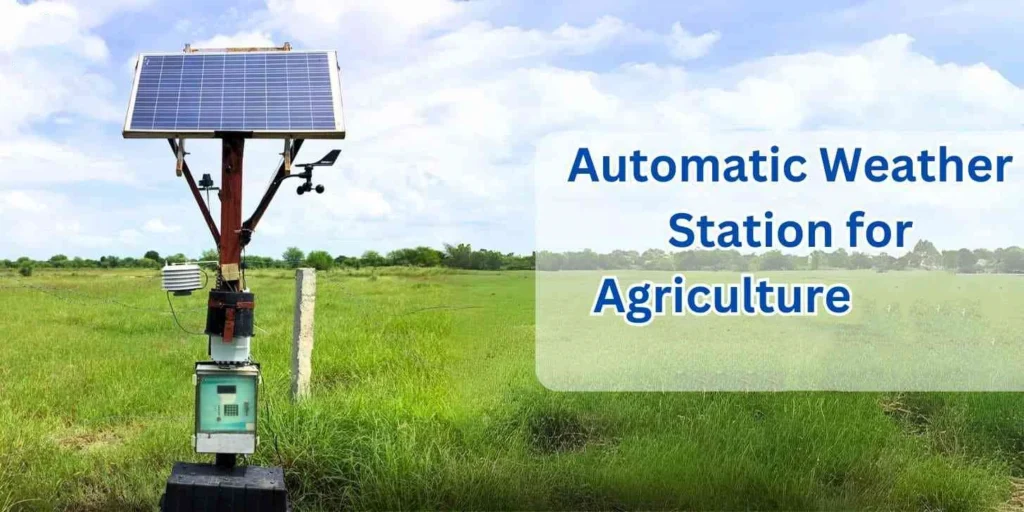
# Automated Weather Station: Revolutionizing Meteorological Data Collection
## Introduction to Automated Weather Stations
In the ever-evolving field of meteorology, the advent of Automated Weather Stations (AWS) has marked a significant leap forward. These sophisticated systems are designed to collect and transmit meteorological data with minimal human intervention, offering a more efficient and accurate approach to weather monitoring.
## The Technology Behind AWS
At the core of an Automated Weather Station is a suite of sensors that measure various atmospheric parameters. These include temperature, humidity, wind speed and direction, precipitation, and atmospheric pressure. The data collected by these sensors is then processed and transmitted to a central database or directly to meteorologists for analysis.
### Key Components of an AWS
– **Sensors**: High-precision instruments that capture real-time weather data.
– **Data Logger**: A device that records and stores the data collected by the sensors.
– **Communication Module**: Facilitates the transmission of data to remote locations via satellite, cellular networks, or the internet.
– **Power Supply**: Typically solar-powered, ensuring continuous operation even in remote areas.
## Advantages of Automated Weather Stations
The implementation of AWS offers numerous benefits over traditional weather monitoring methods:
– **Accuracy**: Automated systems reduce human error, providing more reliable data.
– **Efficiency**: Continuous data collection and transmission allow for real-time monitoring and quicker response to weather changes.
– **Cost-Effectiveness**: Over time, AWS can be more economical due to reduced labor costs and maintenance requirements.
– **Accessibility**: Data from AWS can be accessed remotely, making it easier for researchers and policymakers to make informed decisions.
## Applications of AWS
Automated Weather Stations are utilized in a variety of settings, each benefiting from the precise and timely data they provide:
– **Agriculture**: Farmers use AWS data to optimize irrigation schedules and predict crop yields.
– **Aviation**: Airports rely on AWS for accurate weather forecasts to ensure safe takeoffs and landings.
– **Disaster Management**: Early warning systems powered by AWS can save lives by predicting severe weather events like hurricanes and floods.
– **Climate Research**: Scientists use long-term data from AWS to study climate patterns and predict future changes.
## Challenges and Future Directions
Despite their advantages, AWS face certain challenges:
– **Maintenance**: Ensuring the continuous operation of sensors and communication modules in harsh weather conditions can be difficult.
– **Data Management**: Handling the vast amounts of data generated by AWS requires robust data management systems.
– **Integration**: Integrating AWS data with existing meteorological models and systems can be complex.
Looking ahead, advancements in sensor technology, data analytics, and communication networks are expected to further enhance the capabilities of Automated Weather Stations. The integration of artificial intelligence and machine learning could lead to even more accurate and predictive weather models, revolutionizing the way we understand and respond to our environment.
## Conclusion
Automated Weather Stations represent a transformative development in meteorological data collection. By providing accurate, real-time data with minimal human intervention, AWS are empowering industries and researchers to make better-informed decisions. As technology continues to advance, the potential applications and benefits of AWS will only grow, solidifying their role as a cornerstone of modern meteorology.
Keyword: automated weather station
